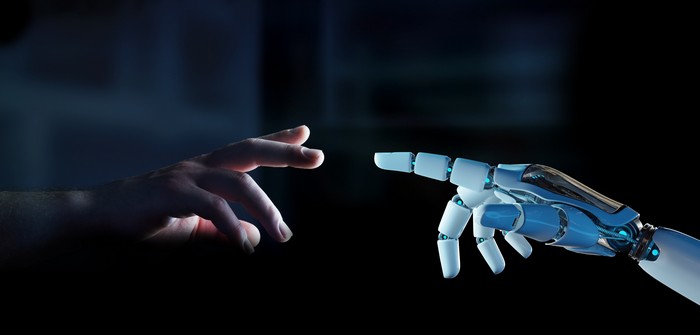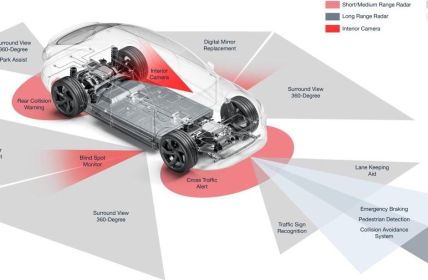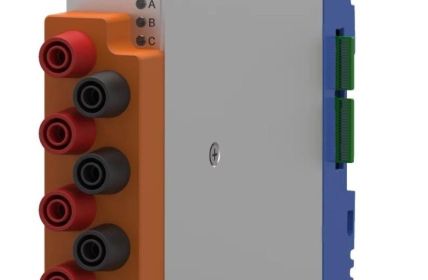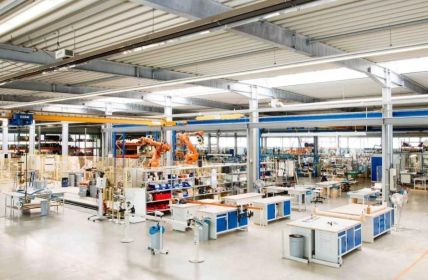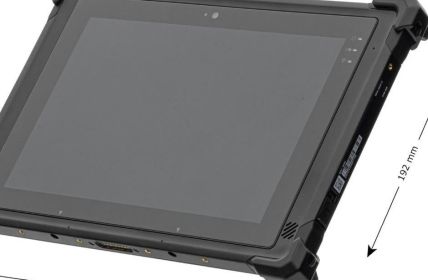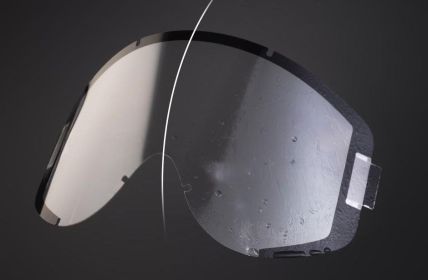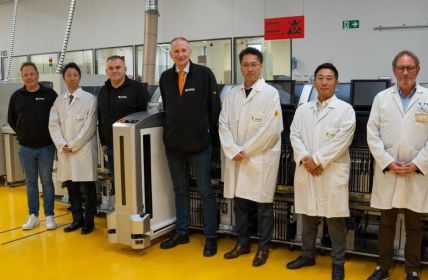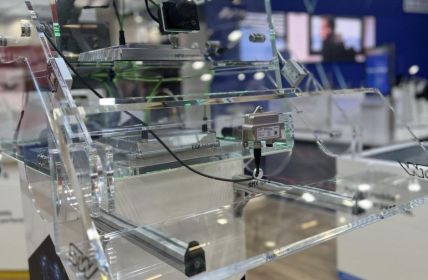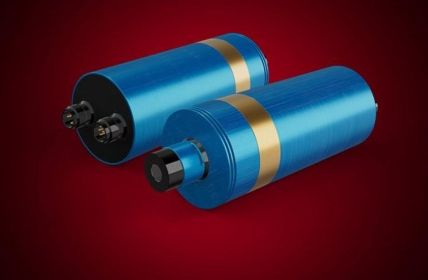At this year’s Avatar Xprize, Cybercelves has qualified for the finals of the technology competition. The British company was selected because of the diverse application methods of its robotics in real-time areas.
Table of Contents: What awaits you in this article
Avatar XPrize: Real-time virtual teleportation
Launched four years ago, the global Avatar Xprize competition aims to create a virtual system for human-robot linkages. These linkages are intended to transport human perceptions, activities and presences far from their actual physical location to other places in real time. This can facilitate missions even in impassable or dangerous environments. Practical assistance from experts in far-flung areas thus becomes increasingly likely without them even having to leave their homes.
Xprize: Improving the world with competitions
Since 1994, an alliance of futurists and sponsors has been calling regular, high-stakes competitions to address humanity’s most pressing problems. The first of its kind, the Ansari Xprize, with its $10 million in prize money, laid the foundation for today’s groundbreaking successes by SpaceX, Virgin Galactic and Blue Origin. Other sensational grants have gone to WendySchmidtOilCleanup, the Qualcomm Tricorder and the Global Learning Program, among others. The goal is, first, to extend the current limits of human experience, e.g., by expanding activities in space. Further, the goal is to return the Earth’s ecosystem to a healthier and more sustainable foundation in the form of ocean cleanup and drinking water production. And finally, the installation of financial incentive systems is intended to promote human potential by means of expanded learning and health systems.
Cyberselves: From university research to the robotics market
Cyberselves originally grew out of a research project at the University of Sheffield in partnership with Oxford and Bologna. The interdisciplinary investigation explored the psychological, cultural and philosophical questions of how the growing digital worlds affect what it means to be human. In collaboration with the universities’ computer science departments, the insights gained here were incorporated into telepresence software. The merging of this application with teleoperation created the possibility for users to immerse themselves in humanoid robots. Over time, these scientific experiments developed into a company of its own, which is now endeavoring to disseminate its knowledge on a large scale and implement it in a marketable manner.
Cyberselves: Robot control across continents
Cyberselves won over the judges of the Avatar Xprize competition with its development of a teleport app. It creates the basis for a stable, efficient, yet simple and functional remote control of robots. Via VR headsets, browsers or smartphones, machines can be remotely controlled in an already intuitive way. Sensors can, for example, transmit human movements in Europe in real time with an extremely low latent to robots in the USA via a platform. The technology is already being used successfully in social and assistive robots, as well as in unmanned land and underwater vehicles, and can be implemented in all common robotic systems.
Avatar robotics: Fields of application
The technology honored here offers a multitude of possible applications. One obvious area would be aid missions in disaster and crisis areas that are often life-threatening for humans. However, complex maintenance work in difficult-to-access environments is also increasingly conceivable with this solution. In addition to intervention in crisis situations and the restoration of damaged infrastructure, this technology is also increasingly finding its way into the energy industry, e.g. in the remote maintenance of offshore wind farms.
Real-time care with sensitive robots
In an area that is currently in particularly high demand, avatar robotics could help to solve the personnel shortage that has existed for decades. In Japan, for example, humanoid robots are already being used in the care sector. They are seen as a reaction to an aging society that is increasingly experiencing problems in recruiting new staff. In recent years, the machines, which initially often seemed rather stiff and impersonal, have increasingly developed into a serious substitute for the difficult-to-acquire human nursing resource. The equipment of the assistive robots, which is increasingly optimized for human needs, could be upgraded in combination with the Cyberselves innovation and made even more human-compatible. The practical knowledge already available in many places in dealing with patients, their illnesses and the emotions associated with them could have a lasting effect here.


